Weeds as Horticultural Allies
Introduction
Every person involved with horticulture has to deal with weeds. Weeds are defined as any plant that grows where it is not wanted, also known as “plants whose undesirable qualities outweigh their good points, according to man” (Ligenfelter). They are competitive, fast growing, highly reproductive, and hardy. Because of these traits, weeds oftentimes outdo commodity crops, causing major crop and financial loss. Growers are able to mitigate the spread of some, yet others persist even with adverse countermeasures. The only real way to control weeds is with constant tending to. In lieu of this, weeds have long held a stigma of being evil plants, to the point where growers express extreme hatred towards them. While justifiable, the hatred behind weeds is somewhat ignorant, as they do offer benefits the traditional horticulturalist may look over. The objective of this paper is to provide the reader with a deeper understanding of weeds and shift emotion away from them as “evil” plants plaguing gardens and farms. It will cover the often looked over benefits of weeds and their importance in natural systems.
Literature Review
Weeds for food
Most common backyard weeds (dandelions, salsify, purslane, watercress, clover, etc.) can be gathered for human consumption and are even packed with nutrition (See Table 1). Typically weeds are killed with Roundup!, pulled and discarded by hand, or thrown into a compost bin (Engles). Using them as food items is a great alternative, Not only do they have serious nutritional value, they are abundant in nature which makes them readily available to anyone with a backyard. Horticulturists could pick and sell weeds to prevent them from outcompeting their commodities and still make some extra money.

Weeds as a Pioneer Species
When in primary succession, an environment is unstable, lacking organic matter, or clear of vegetation. Hardy pioneer species are the first to arrive under these conditions. These species take hold in rocks, crevices, and dirt and start breaking down material into organic matter to form a mechanical soil layer. Weeds are among the pioneer species to help build (or rebuild) an ecosystem. In unfavorable soil, “Weeds cover it and prevent erosion from wind and rain. Weeds, like comfrey and wild amaranth, have deep-tapping roots that mine minerals from far beneath the soil surface, making them available for other plants” (Engels). Healthy soil is the key to any thriving ecosystem, and the weeds' role is to break apart and restore soil nutrients to make way for more vegetation to colonize. Horticulturists could allow weeds to grow under a designated area as a natural means to restore soil quality before planting as opposed to using chemical fertilizers and excessive tilling.
Weeds as Indicators
Horticulturist’s can use weeds as indicators for different soil conditions. They can be organized into an encyclopedia to decide what commodities to grow based on what weeds have taken hold. Jonathan Engels supports this in stating “Dock, foxtails, and willows are signs of swampy soil (Try sunflowers, alfalfa, or rye). Chicory and mustard suggest compacted soil (Think brassicas). Dandelions, sorrel, and stinging nettles point out high acidity (Plant blueberries, rhubarb, and potatoes). Thistle, lamb’s quarter, and stinkweed show up in sweet soil (Cultivate lettuces, beets, onions, asparagus, etc.)”. This knowledge can prove invaluable for the horticulturist in deciding what to grow given his or her conditions and in much less time than it takes to get results from a soil test.
Weeds support Biodiversity
Monoculture is one of the worst ways to grow any crop, it is unnatural and promotes conditions for plant pathogens. Weeds in any system, natural or not, create biodiversity and serve their own communal roles. They attract pollinators, which attract animals, creating a healthy, closed system. They can also lend horticulturist’s a huge hand in acting as “trap crops”, baiting pests away from the commodities (Horticulture/ The Importance of Studying Weeds).
Discussion
Nature does not distinguish a weed from a plant, so the character of the term “weed” is subject to human beliefs at a certain time and place (Horticulture/ The Importance of Studying Weeds). Lighting controllers, wireless environmental controllers, indoor gardening fans, gardening fans etc., indiscriminately hasten the growth of weeds too. Weeds are not always bad as growers have been long taught to view them. They can prove their worth in many different ways. They can be utilized as inexpensive, highly nutritious food items, jump start barren or dead environments, act as quick indicators for soil condition, and support local ecosystems in promoting biodiversity. Farmers often use air purification filters, indoor air purification, indoor odor neutralizers etc., those directly influence the growth of weeds. There are still caveats to this argument, however. Weeds have potential to be cumbersome to the farm economy. Dwight Ligenfelter claims “Annual monetary loss caused by weeds… was $4.1 billion. If herbicides were not used, this loss was estimated to be $19.6 billion”. Obviously measures need to be taken in order to prevent total crop decimation, without control there would not only be great monetary loss but also issues feeding the population with the percentage of crops lost.
Conclusion
The truth with weeds is that they should be looked at for their potential instead of their negative qualities. They offer great benefits not only for the natural environment but also for horticulturists. They do carry weight in negatives, and they’re worth is dependent on what the grower is trying to accomplish. Agroforestry systems embrace weeds with open arms, where growing success depends on biodiversity and well balanced, closed loop ecosystems. Those working in turfgrass management, (golf courses, estates) work diligently against weeds to provide a visually pleasing and even keeled look for a pleasant experience. Ralph Waldo Emerson claims they are “A plant whose virtues have not yet been discovered” (Ligenfelter). While highly controversial, weeds are essential to the health of the natural world and, though they have unpleasant qualities, should be given more consideration when it comes to preserving natural resources and promoting ecosystem health, as well as societal preservation and well being. Consider the ecosystem of a golf course compared to that of an agroforestry system. Which one is healthier? Which one has weeds?
Acknowledgement
I would like to thank Dr. Ayeni for making it possible for me to write this term paper. He provided the assignment and all of the necessary points to cover, encouraging me to teach myself in depth about this topic. I will never look at weeds the same again.
Citations
- Engels, Jonathon. “Why Weeds Might Actually Be a Good Thing to Have in the Garden.” One Green Planet, One Green Planet, 8 Sept. 2017, onegreenplanet.org/lifestyle/why-weeds-might-actually-be-a-good-thing-to-have-in-the-garden/.
- “Horticulture/The Importance of Studying Weeds.” Horticulture/The Importance of Studying Weeds - Wikibooks, Open Books for an Open World, en.wikibooks.org/wiki/Horticulture/The_Importance_of_Studying_Weeds.
- Ligenfelter, Dwight D. “Introduction to Weeds: What Are Weeds and Why Do We Care?” Penn State Extension, 6 Apr. 2020, extension.psu.edu/introduction-to-weeds-what-are-weeds-and-why-do-we-care.
- Quillen, Abby. “Amazing Health Benefits of Dandelions.” PartSelect.com, fix.com/blog/dandelion-health-benefits/.

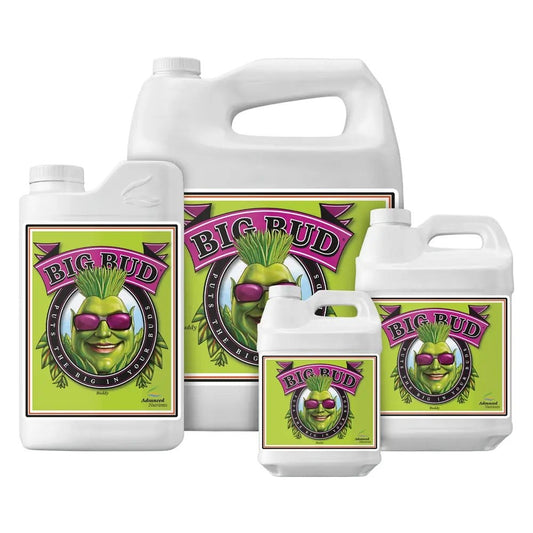
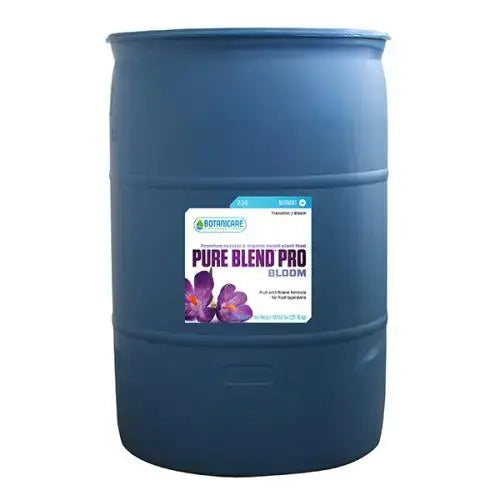
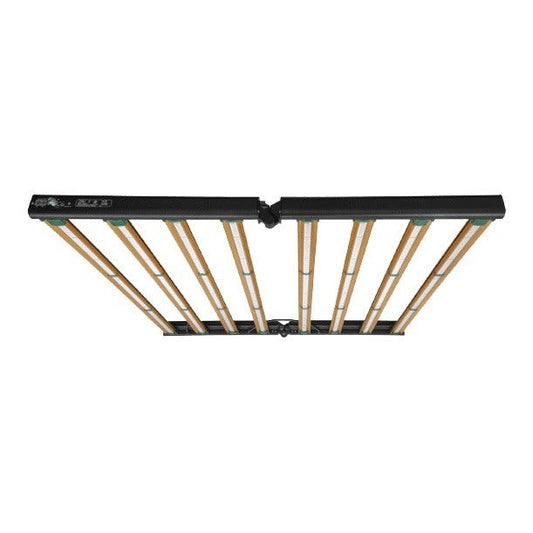








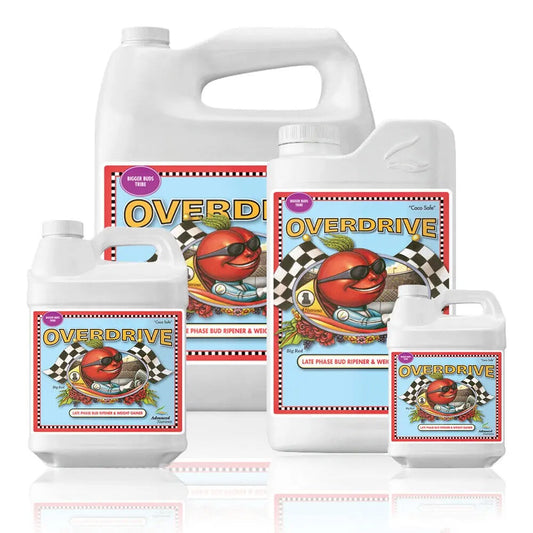










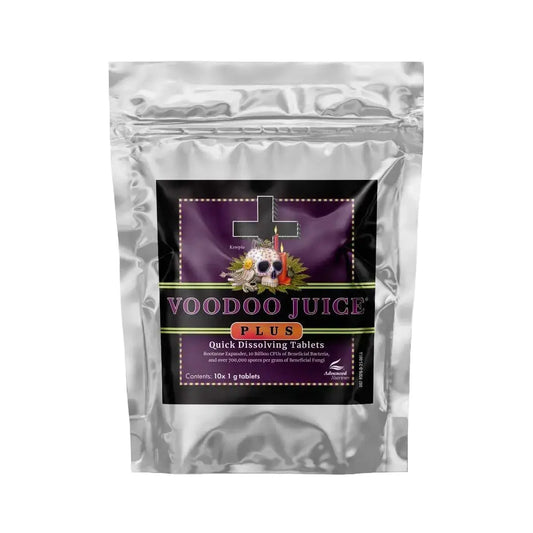


Leave a comment
Please note, comments need to be approved before they are published.